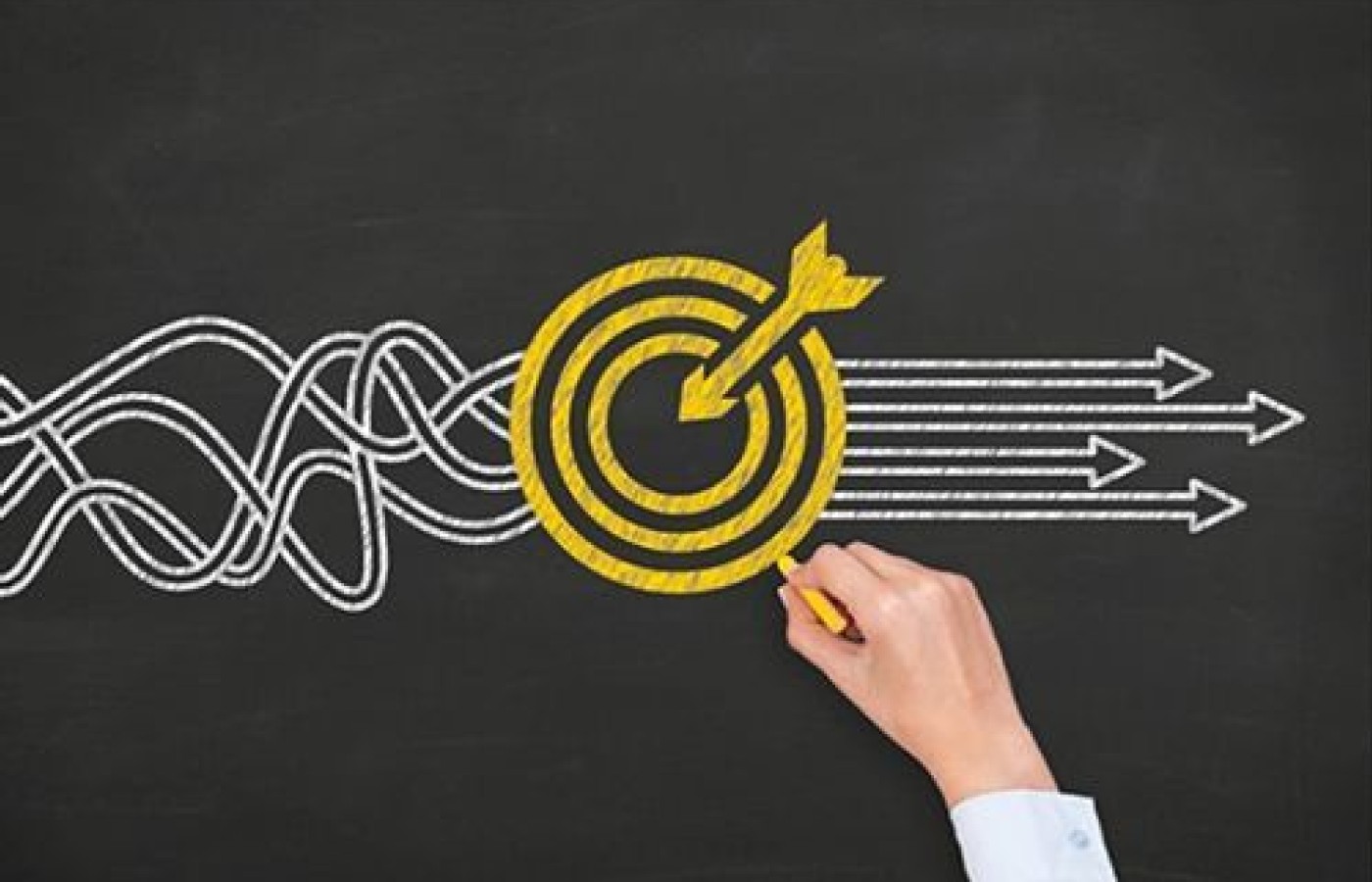New York's highest court of appeals has held that no-fault insurers cannot deny no-fault benefits where they unilaterally determine that a provider has committed misconduct based upon alleged fraudulent conduct. The Court held that this authority belongs solely to state regulators, specifically New York's Board of Regents, which oversees professional licensing and discipline. This follows a similar recent ruling in Florida reported in this publication.
Dealing With Scar Tissue: Problems and the Solution
Pain and altered or diminished function: the two primary reasons patients come to us for relief. Imagine a patient's chief complaint: inability to abduct her arm at the shoulder joint more than 15 degrees. A comprehensive history, exam and X-rays reveal no trauma, bony anomalies, lesions or nerve compromise.
With 649 muscles and 207 bones in the body, one might be tempted to think there is a universal hint about the importance of specific soft-tissue work. Address soft-tissue injuries first and watch how easy your adjustments are and how much longer your results last.
Formation of Scar Tissue / Adhesions
Scar tissue. Adhesions. Fibrosis. The words are different, but the concepts are the same. This dense, fibrous tissue affects us all and is an underlying factor in many injuries.
Scar tissue binds up and ties down tissues that need to move freely. As scar tissue builds up, muscles become shorter and weaker. Tension on tendons causes tendinosis. Nerves can become trapped. Loss of range of motion, pain, tingling, numbness, slower muscle contraction times and less overall strength of contraction can result.
Scar tissue forms in two different ways. First, if a muscle, tendon or ligament is torn or crushed, the body creates scar tissue to "glue" the torn pieces together. This is a necessary part of the healing process. A second, more common way for scar tissue to form is by soft tissue in the body not receiving enough oxygen (hypoxia).
Hypoxia is more common than one may think. Poor posture, athletic pursuits, repeated use and sustained pressure (as in sitting) all increase muscle tension and result in hypoxic conditions. When muscle tension is increased, blood supply to the area is reduced. Healthy blood flow is so important because blood carries oxygen to muscles. Reduced blood flow means less oxygen –and that means hypoxia.

Hypoxia causes free-radical accumulation in muscles, and free radicals attract cells that produce scar tissue. These cells begin laying down scar tissue, which over time may surround muscles, tendons, ligaments, fascia and nerves.
Common Effects of Scar Tissue
Diminished Muscle Length: Scar tissue does not have the same flexibility and elasticity as healthy muscle. Because it doesn't lengthen like normal muscle, areas with scar tissue may have limited range of motion and an altered joint axis of rotation.
Delayed Lengthening Speed: A muscle with scar tissue may still reach full length, but the time needed to achieve this may increase. Since muscles need to work together with precise contraction times, functional problems result.
For example, when you kick a ball, your quadriceps shorten quickly and the hamstrings elongate. If the quadriceps shorten at their normal speed, but scar tissue in the hamstrings slows down their lengthening time, tears can result.
Decreased Strength: Scar tissue acts like glue binding up muscles. Bound muscles have less functional muscle available to work. Fewer muscle fibers working simply means less strength can be produced. Pain or a subluxated joint can also limit strength.
Pain: Nociceptors (pain nerve endings) have been found in scar tissue, so the scar tissue itself can be painful. Pain also can be felt in the involved tendon attachment or in a structure compensating for functional changes due to scar tissue.
Nerve Entrapment: Nerves should slide through and around muscles, not stick to them. If a nerve happens to lie next to scar tissue, it can become entrapped. The scar tissue "glues" the nerve to the muscle. Then when you move, the nerve is tugged on or strained instead of sliding as it should. Nerve symptoms include weakness, numbness, tingling, burning, aching, and pins and needles.
These are a few of the more common effects of scar tissue. Unfortunately, the body doesn't have a natural mechanism to remove the limiting effects of scar tissue.
What Can You Do?
Neuromuscular re-education is a soft-tissue technique for working through the problem successfully. You just need to know functional anatomy: origins. insertions, actions, and synergistic muscles for a given action. Precise knowledge of functional anatomy is the basis for this technique.
Begin by naming and working on the three abductors of the arm at the shoulder joint. Supraspinatus handles the first 15-20 degrees of abduction, then the middle deltoid takes over. Can you name the third abductor? How about the long head of the biceps when the arm is externally rotated?
Let's continue. When none of these three abductors makes an appreciable difference in limited abduction, what one muscle would you go to next to successfully increase range of motion? The subscapularis!
You're probably thinking, "But that's an internal rotator!" True. However, you will generally see marked improvement quickly. When you do, you might say to yourself, could there be other internal rotators that limit abduction? Absolutely. Can you name them? Latissimus dorsi, teres major, anterior deltoid, and pectoralis major (sternal and clavicular divisions).
If you work on all of these and there is no additional functional change, consider whether the middle and lower divisions of the trapezius may be involved. If they are, it's a rare situation. What then is the next muscle you would work on to have a major beneficial effect? How about pectoralis minor? Ribs 3-5 to the coracoid process. How would that affect abduction?
Look up the function of pectoralis minor and think about how it works when the arm is abducted to about 110 degrees or more. This is one of those miracle muscles, particularly for patients presenting with frozen shoulder syndrome.
Work through all of the muscles in the shoulder girdle in a step-by-step, sequential process until you discover the "offending" muscles that have been limiting shoulder function ... and your patient feels the difference in function.
Please understand that I am shortcutting the entire shoulder protocol in this explanation. The above is a brief synopsis of parts of a particular protocol and how a practitioner can think their way through a shoulder problem in a logical fashion to a successful result. Isn't that what really matters? Results a patient can appreciate as they work into their normal activities.
Watch this short video clip on the subscapularis and see how it helps to improve your soft-tissue skills ... and shoulder abduction cases.
Our current economy requires that you learn to practice in a fashion that sets you apart from most other practitioners. Excellence in working with soft-tissue injuries will do just that.
Resources
- Kumar V, Cotran R. Robbins Basic Pathology, 7th Edition. W.B Saunders, 2013: pp. 69-77.
- Falanga V, Kirsner RS. Low oxygen stimulates proliferation of fibroblasts seeded as single cells. J Cellular Physiol, 1993 Mar; 154(3):506-10.
- Leahy PM. Active Release Techniques: Soft Tissue Management System, 2nd Edition, 2008: pp. 8-16.
- Hinz, B. The myofibroblast: paradigm for a mechanically active cell. J Biomech, 2010 Jan 5;43(1):146-55.
- Wipff P, Hinz B. Myofibroblasts work best under stress. J Bodywork & Movement Therapies, 2009 Apr;13(2):121-7.
- Lofquist C. "Soft Tissue Adhesions." Guest blog post on www.MikeReinold.com, 2010.



